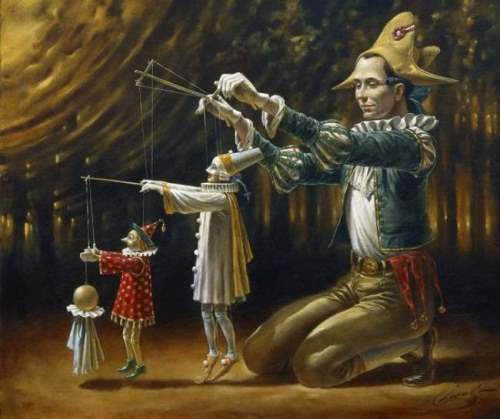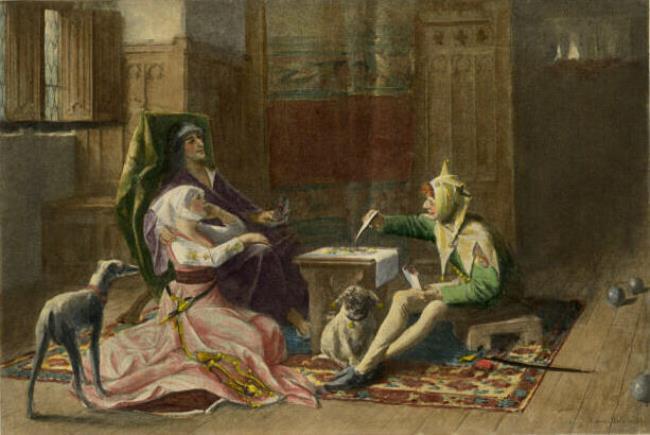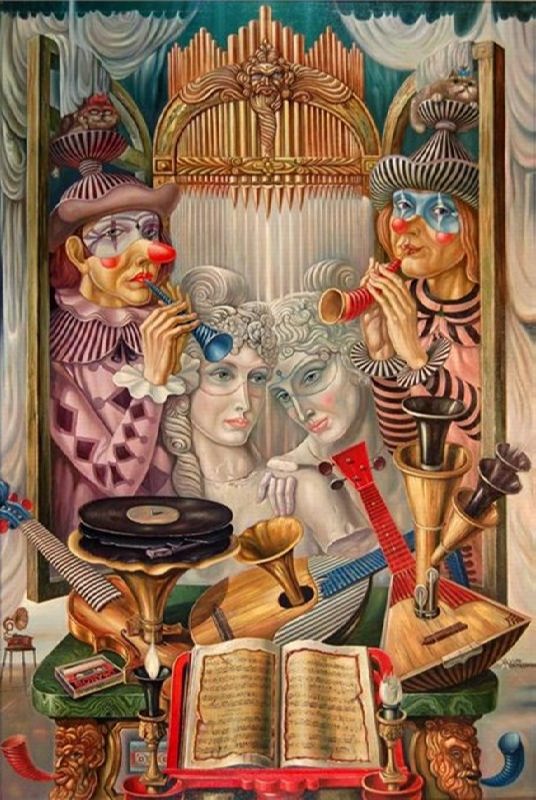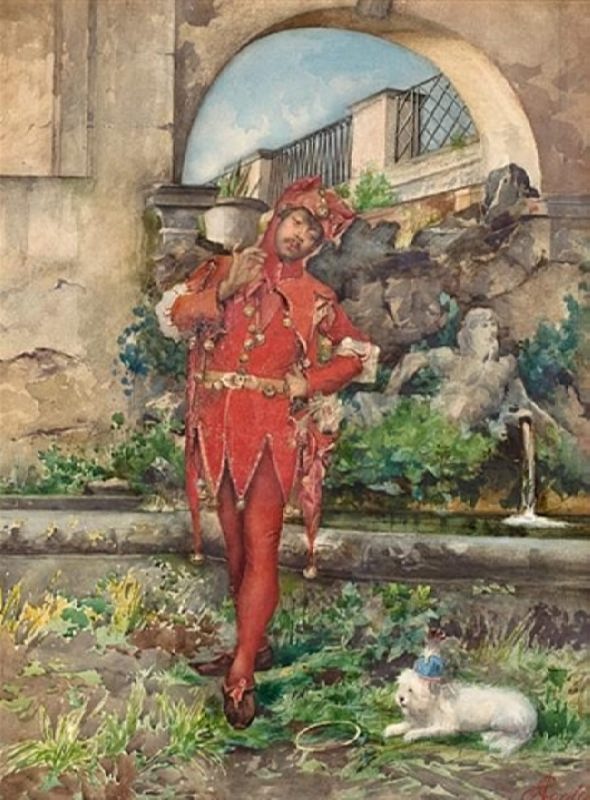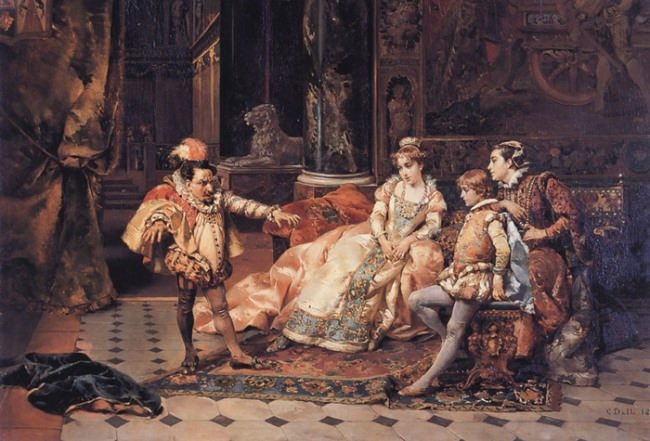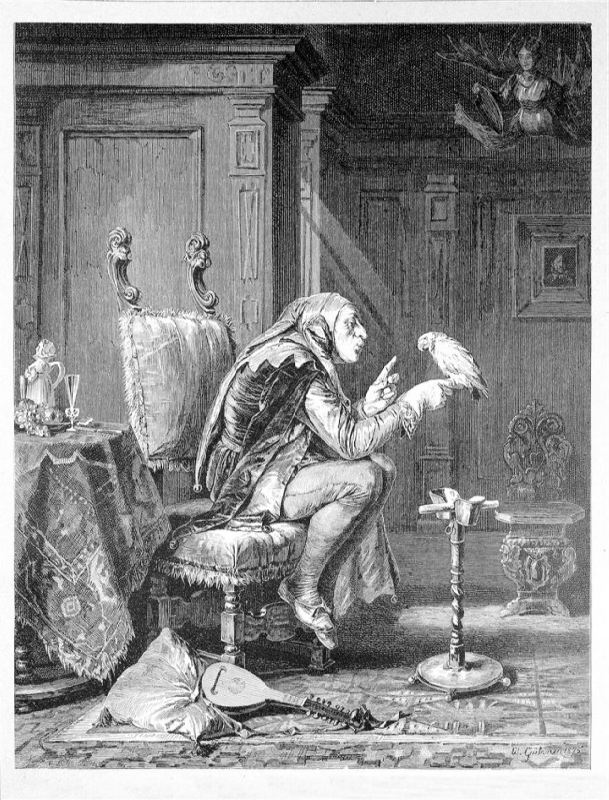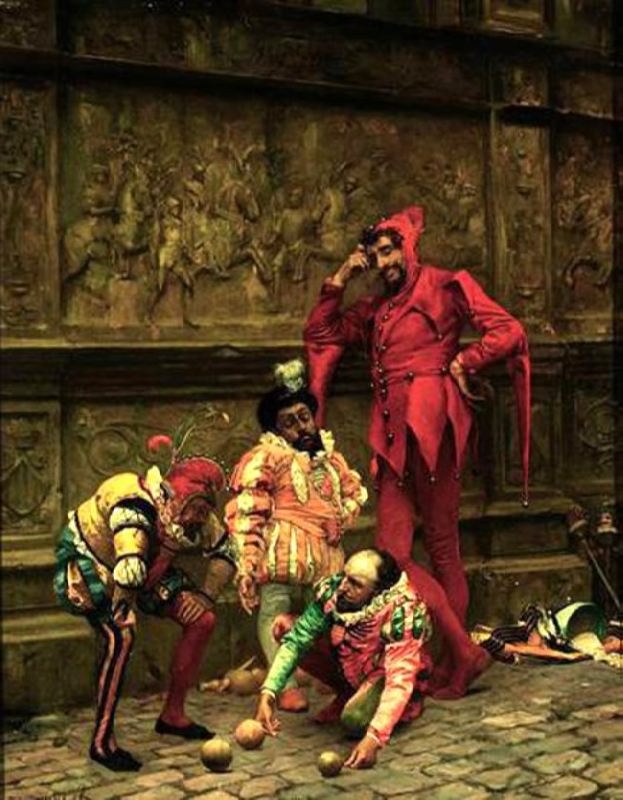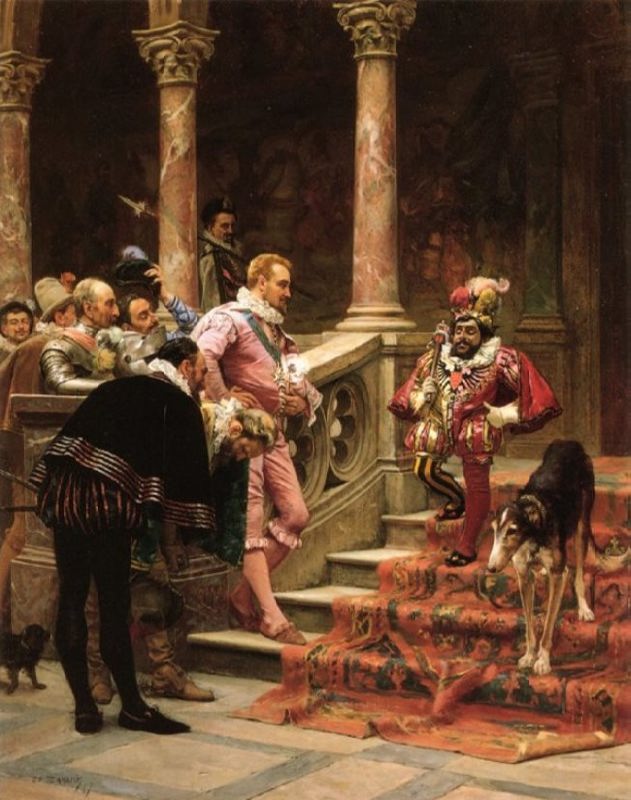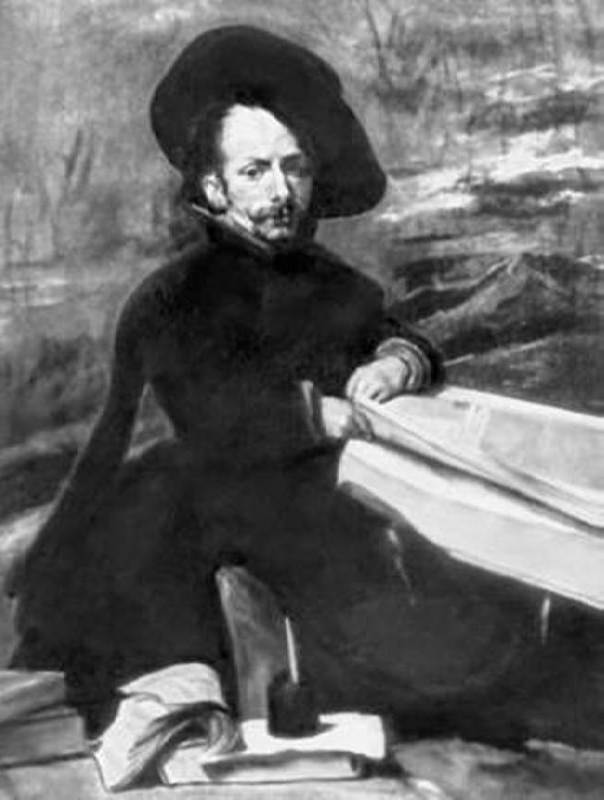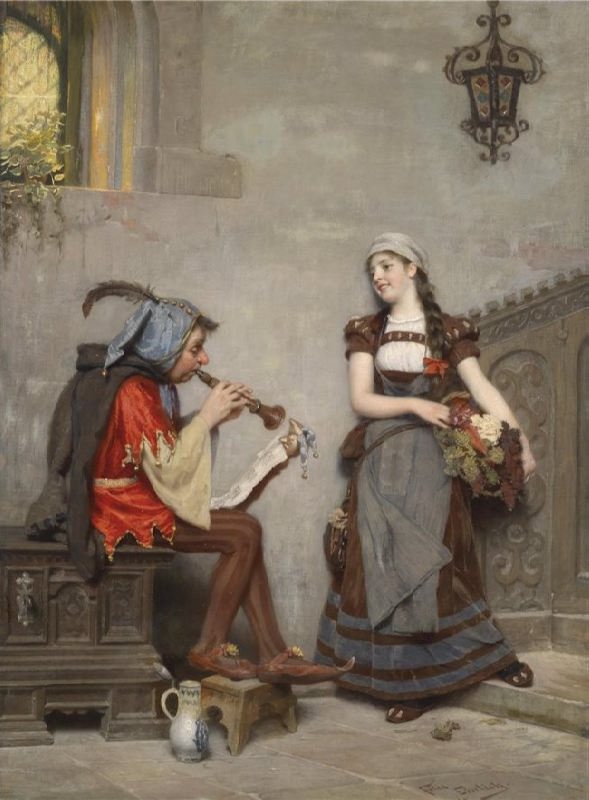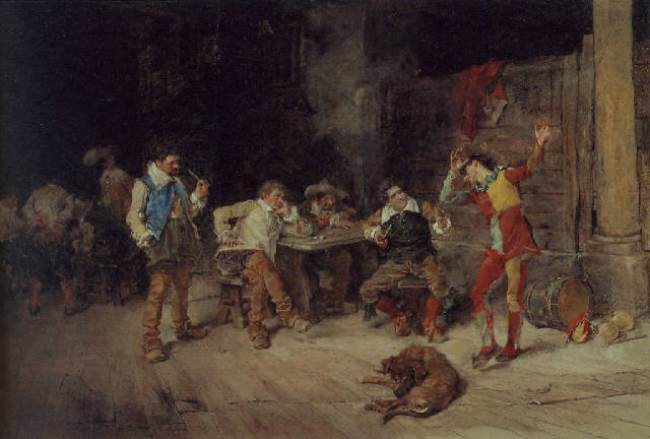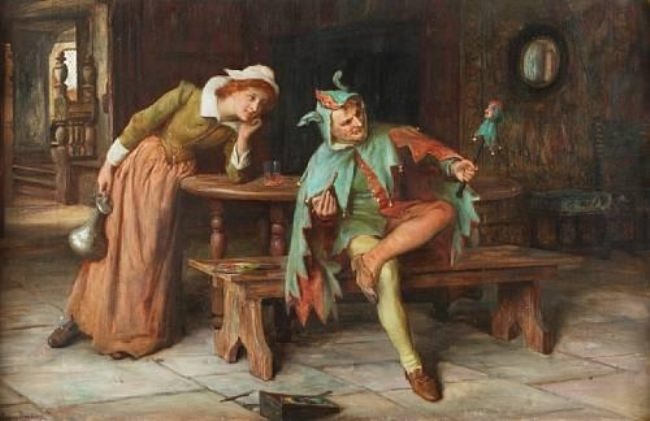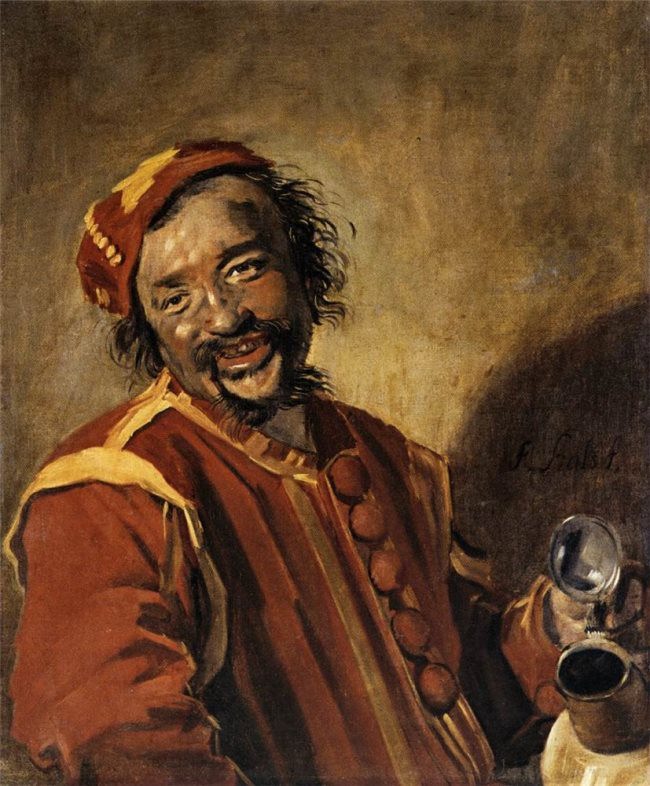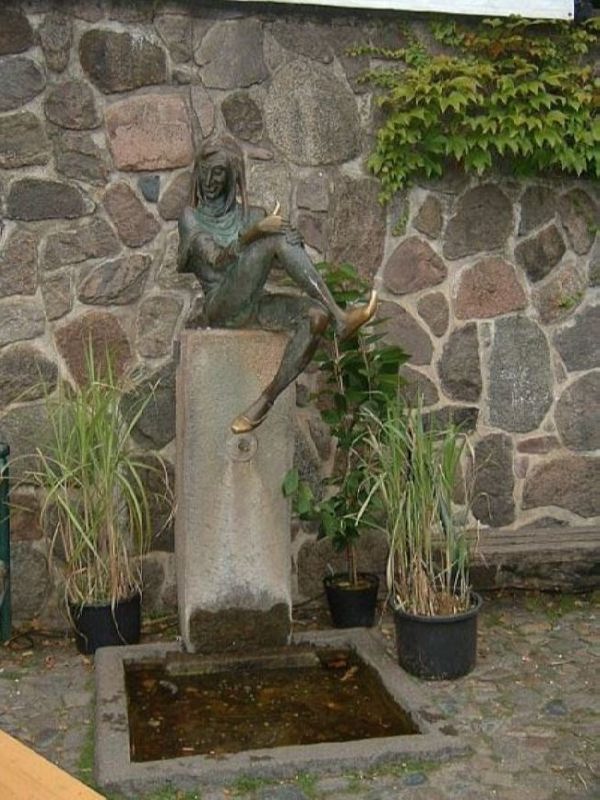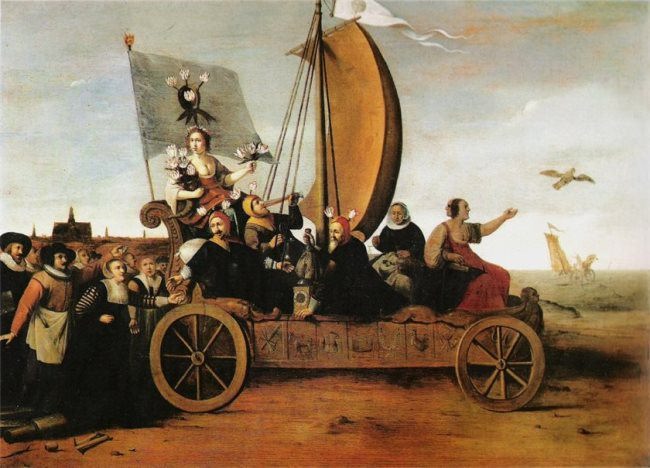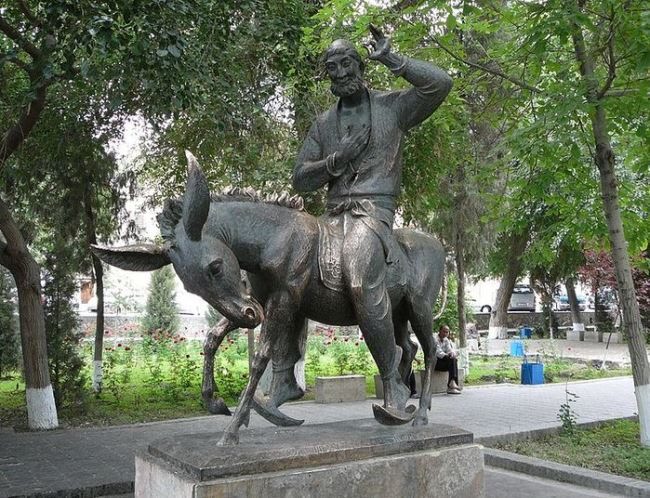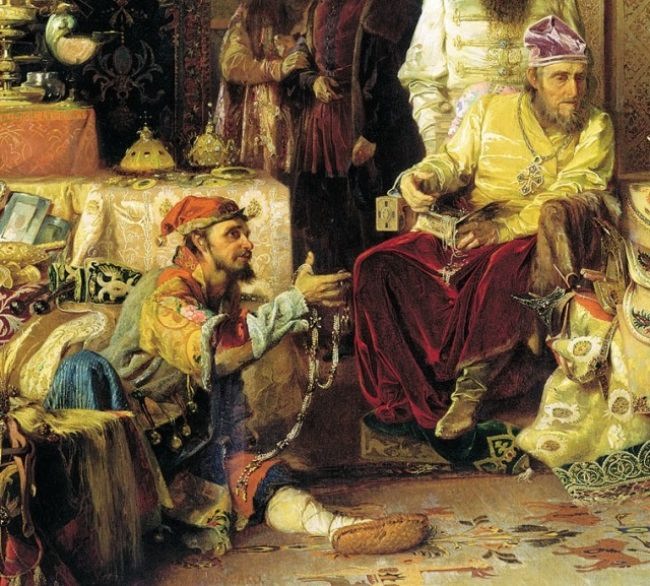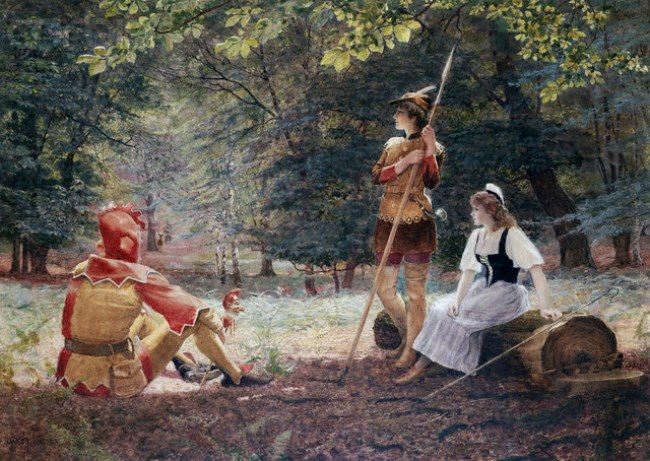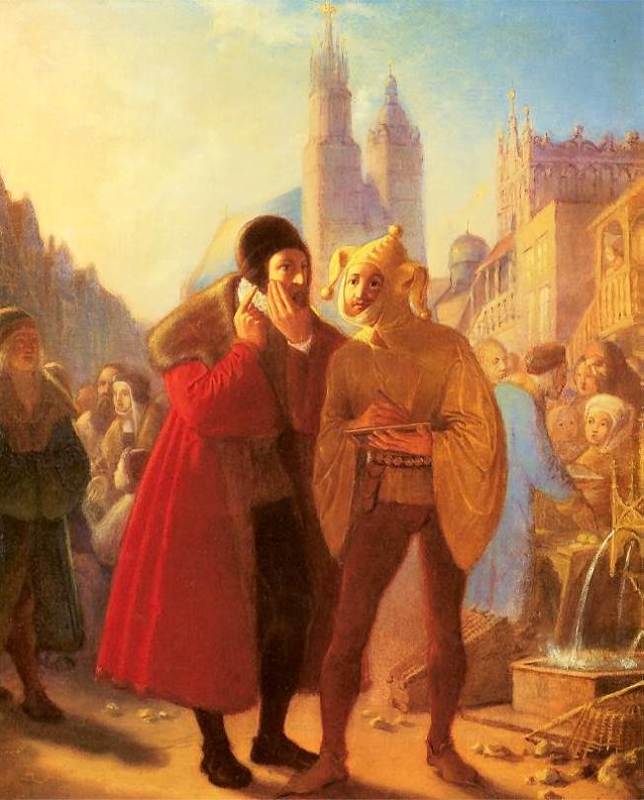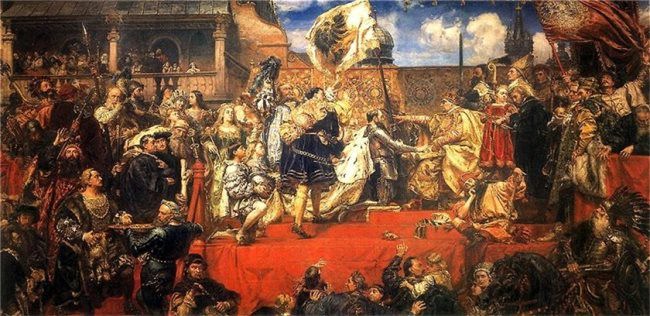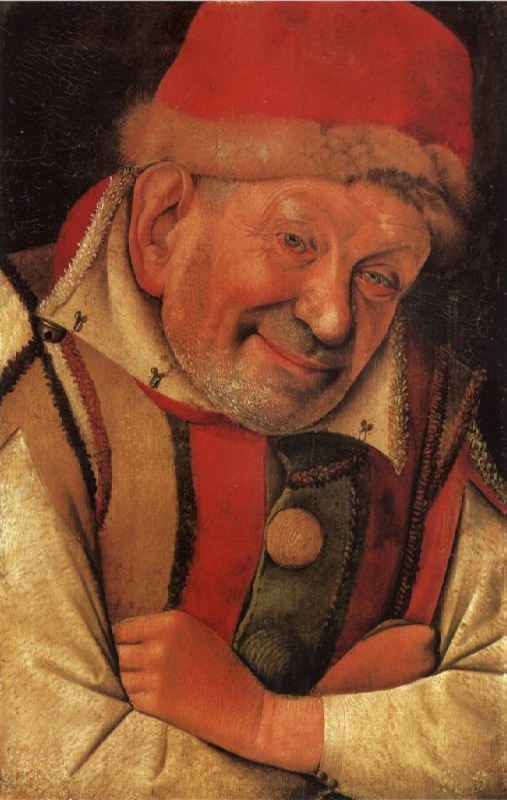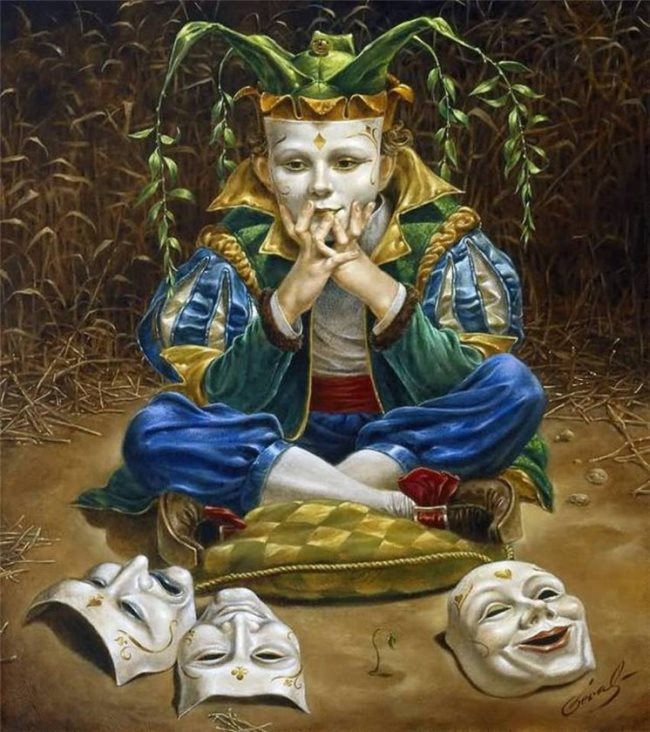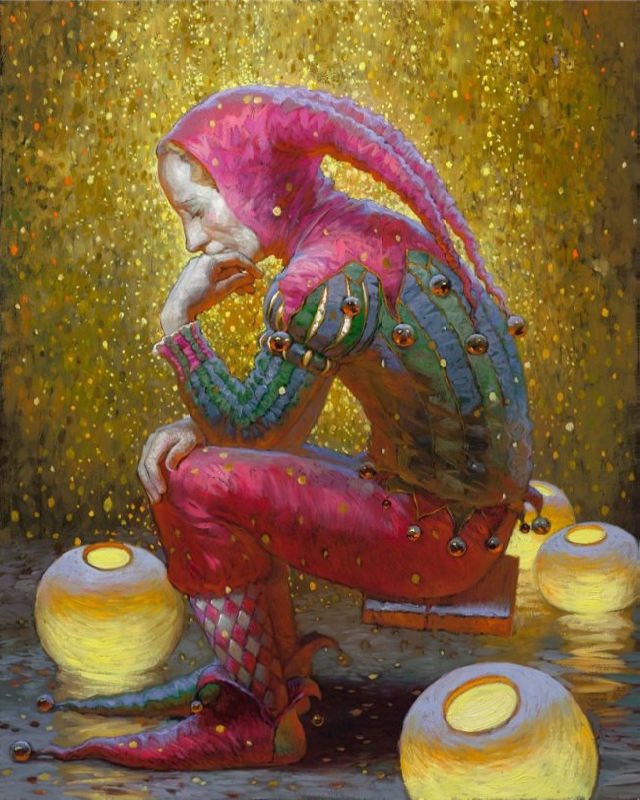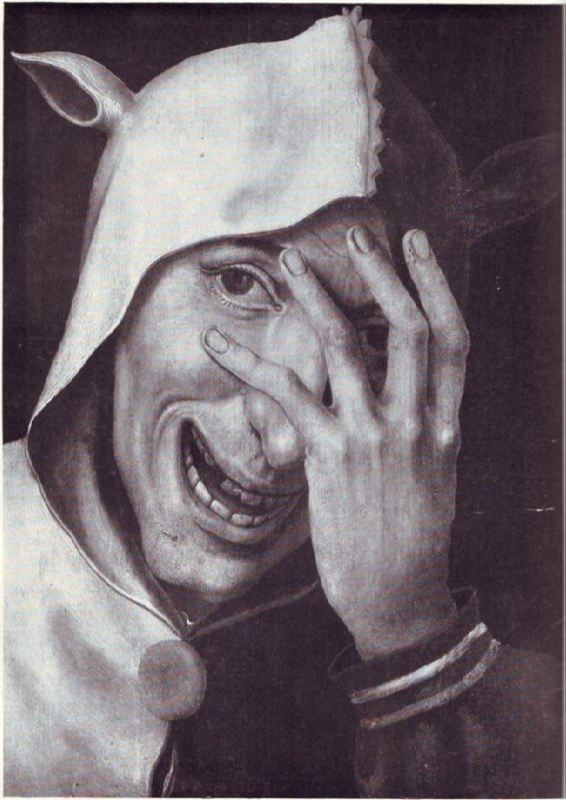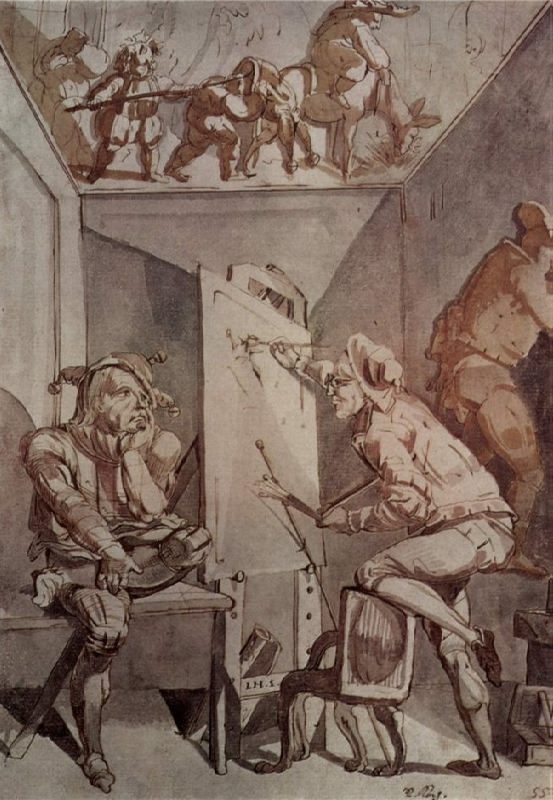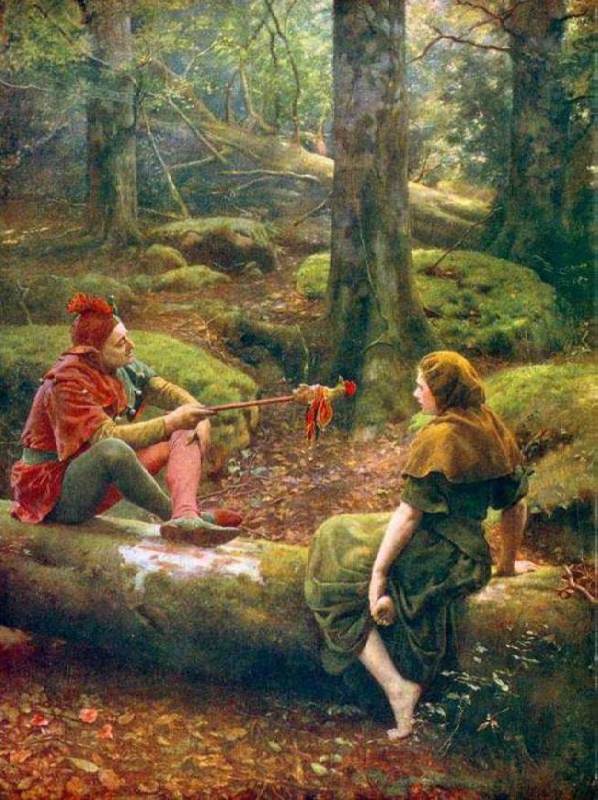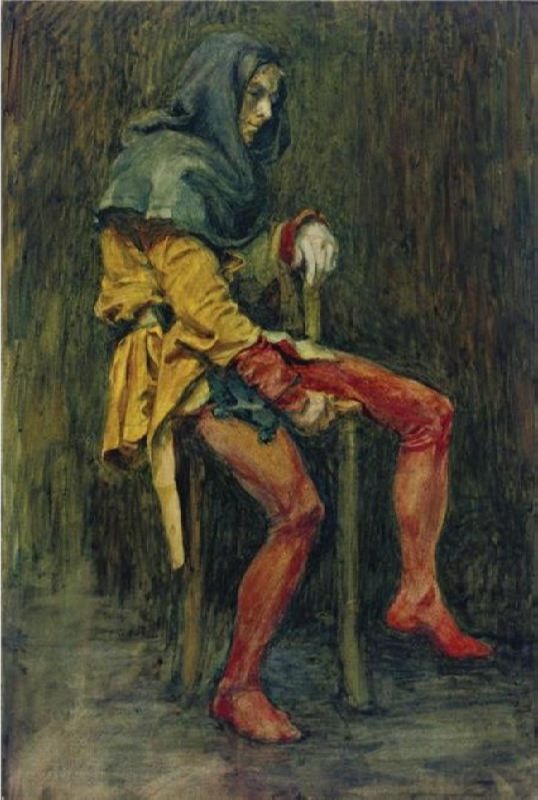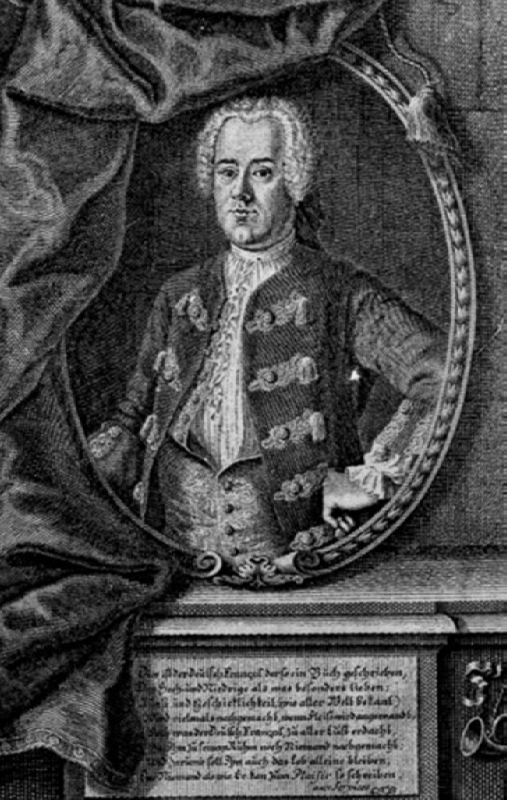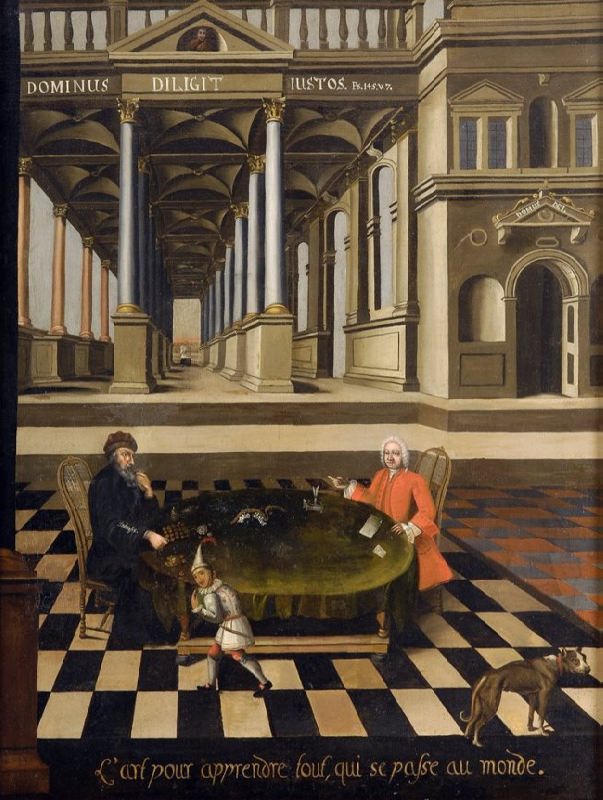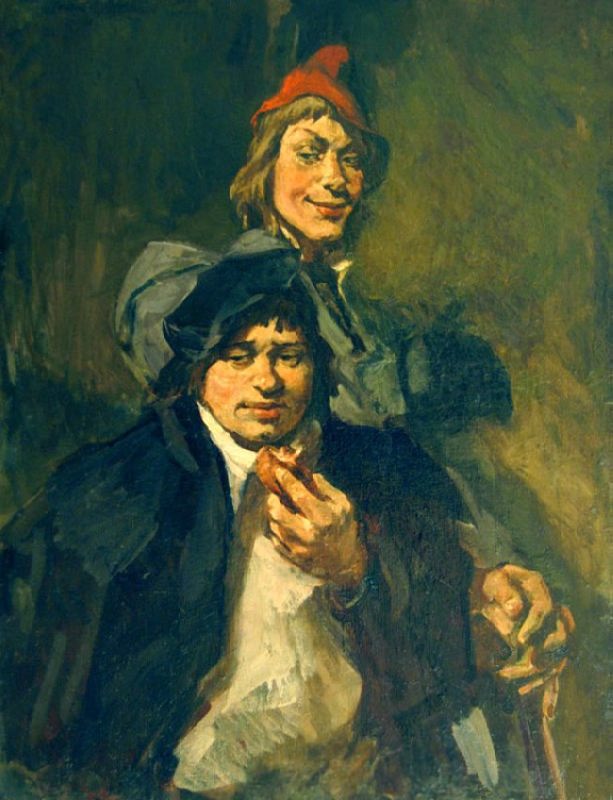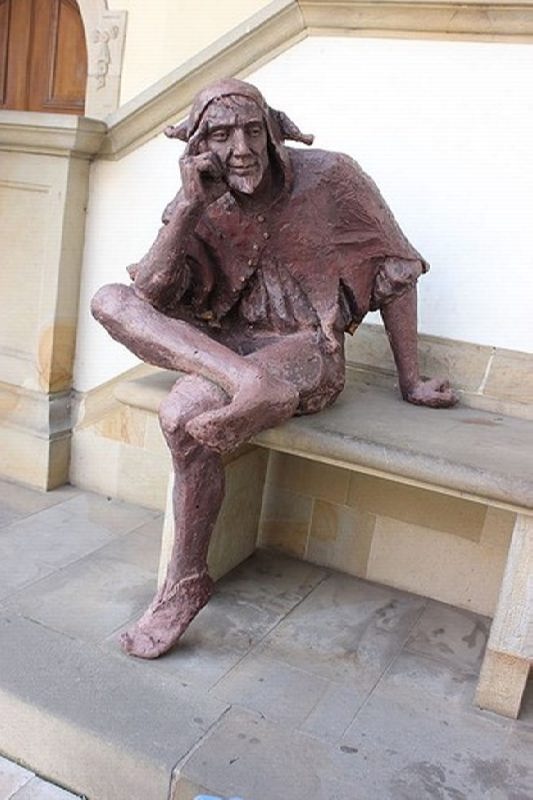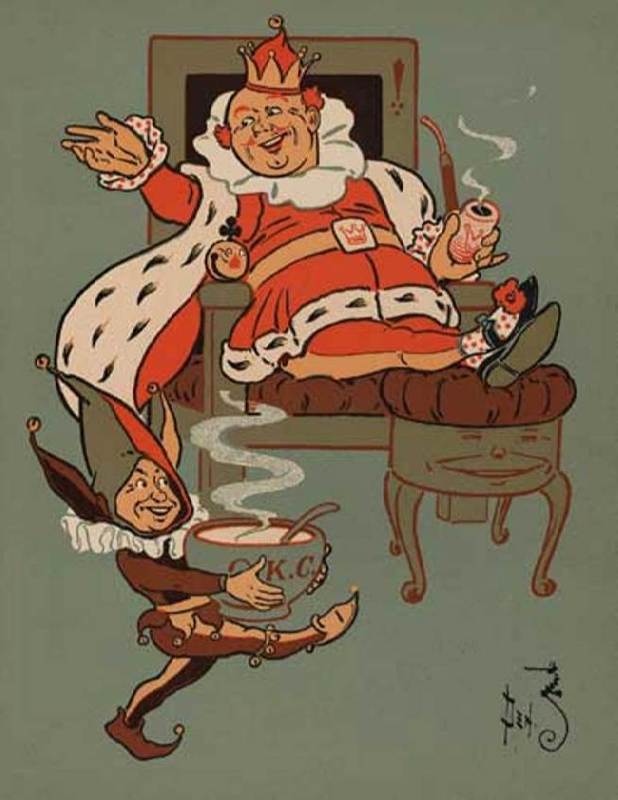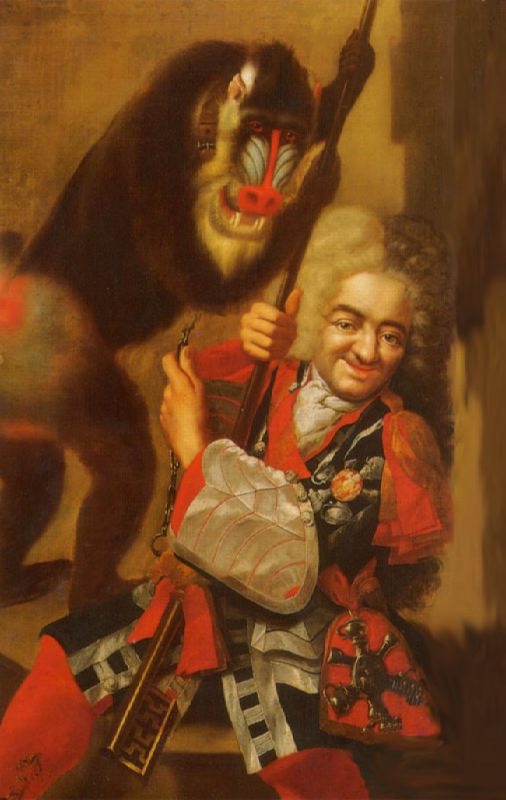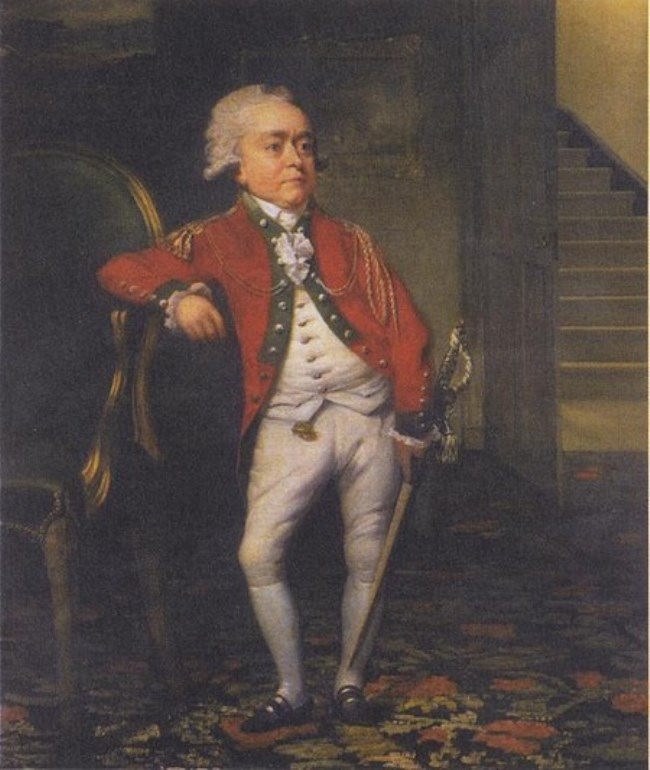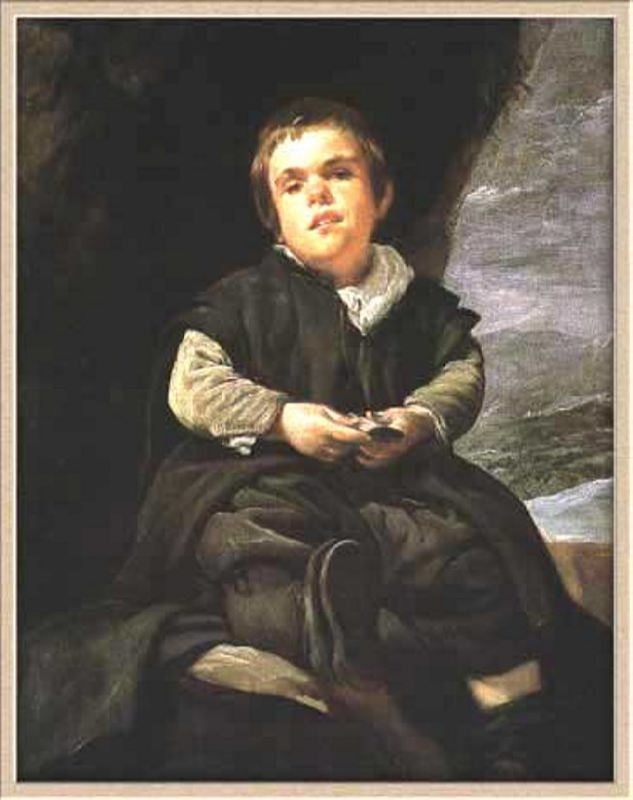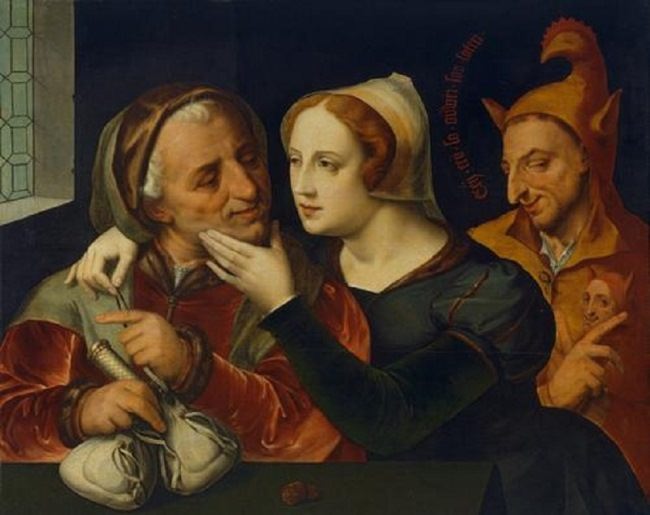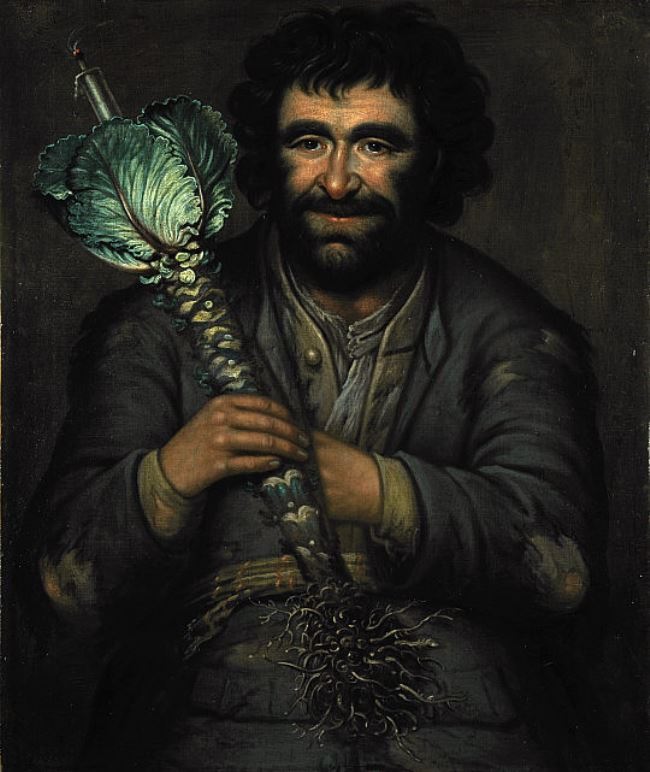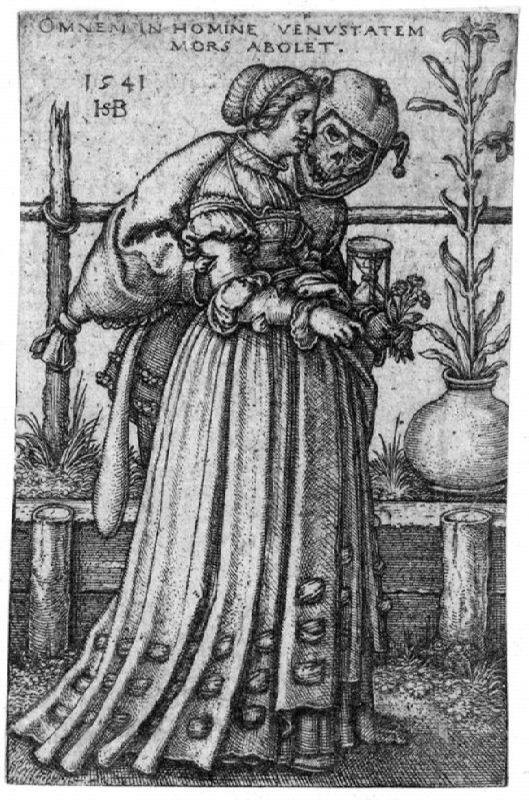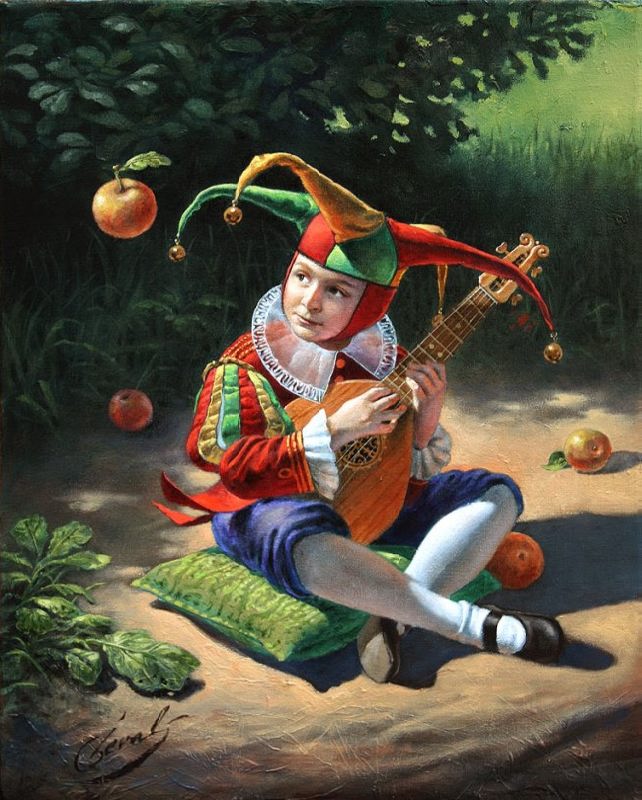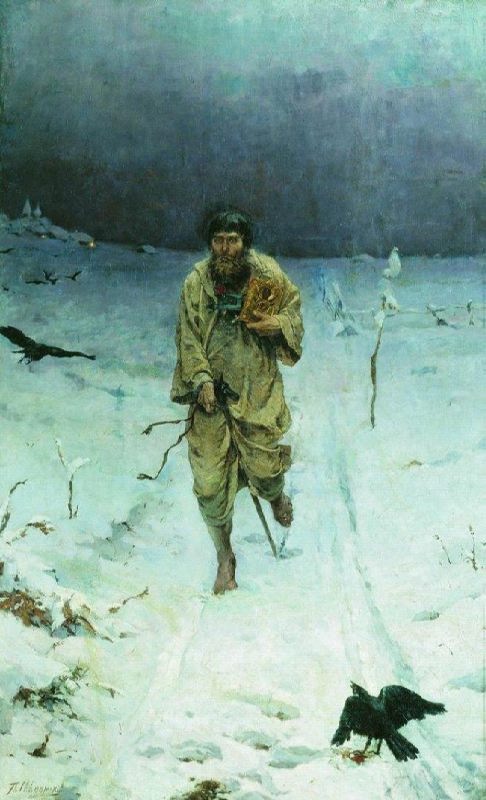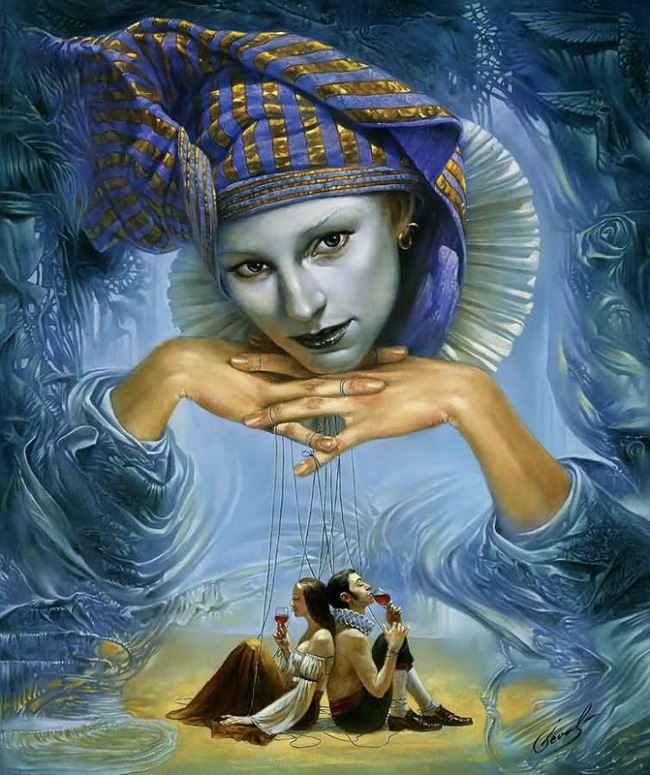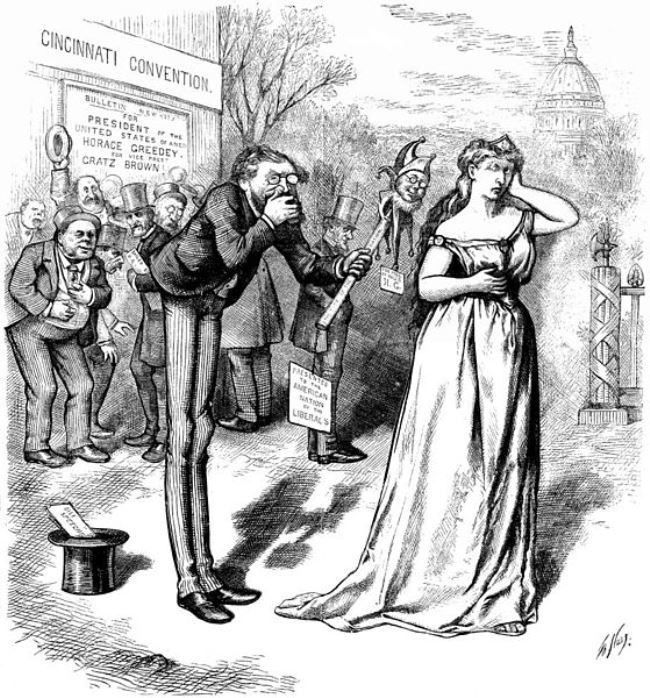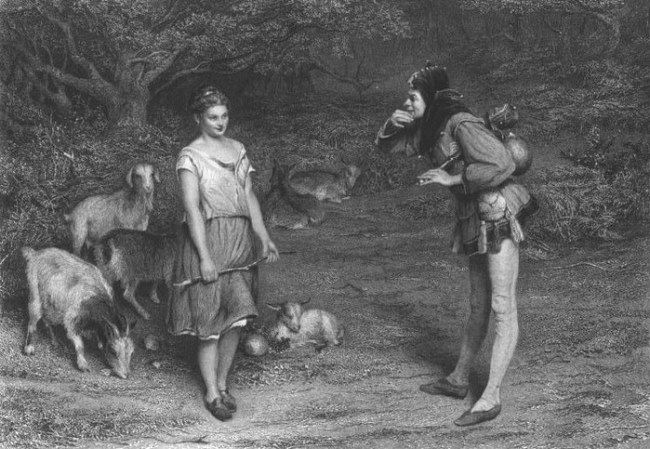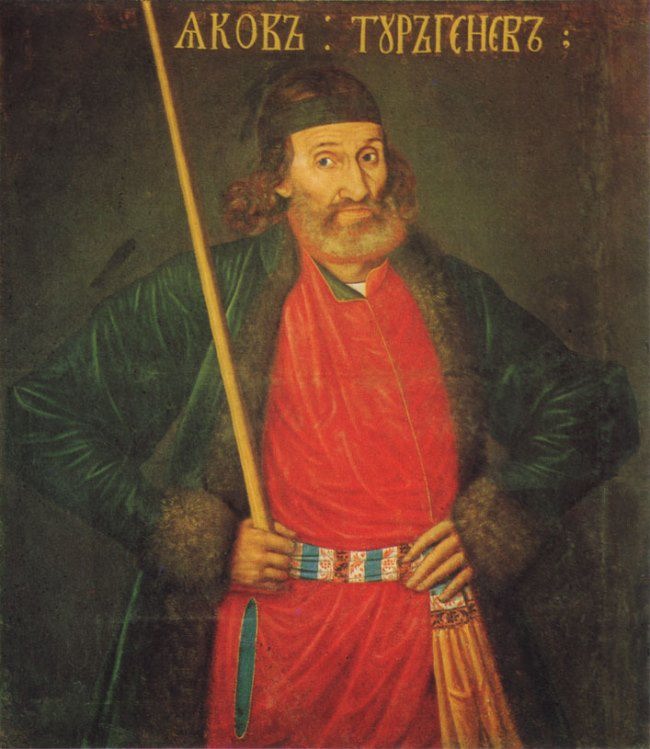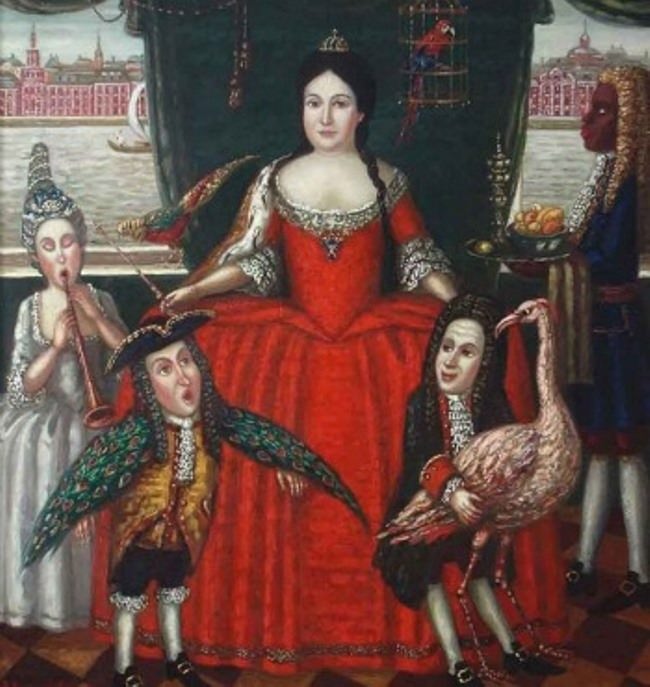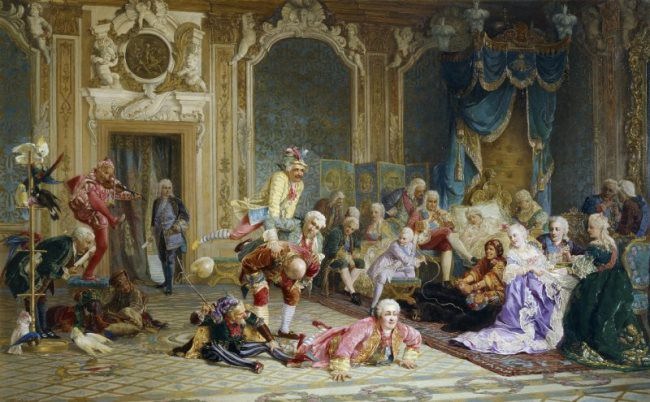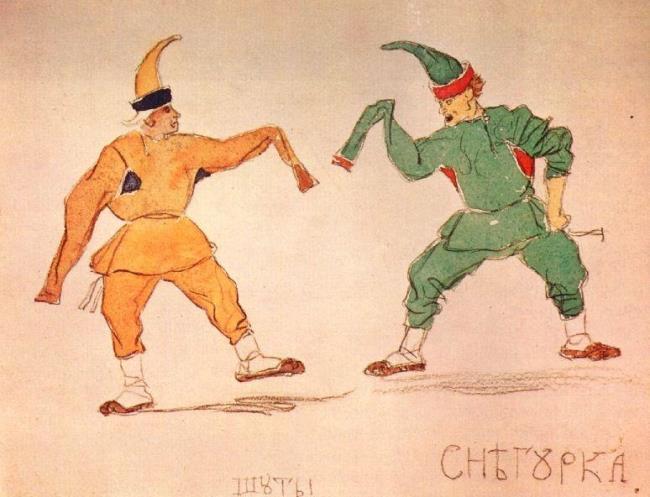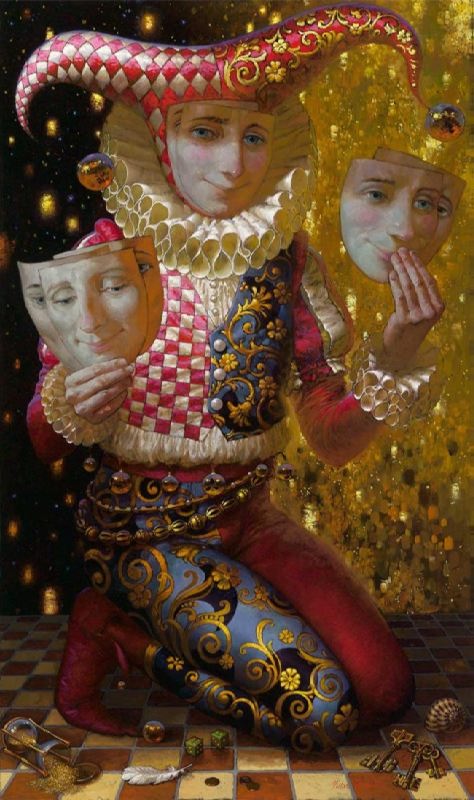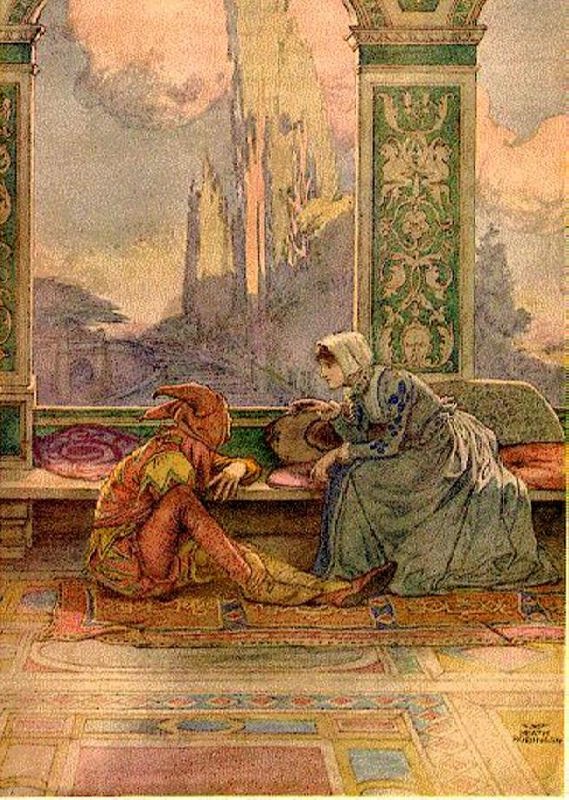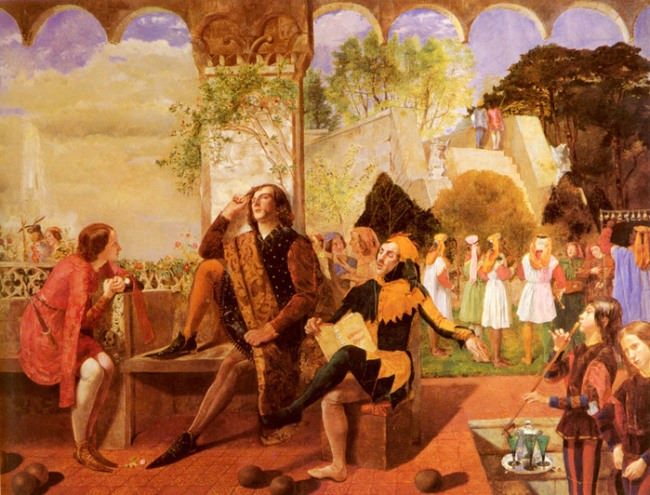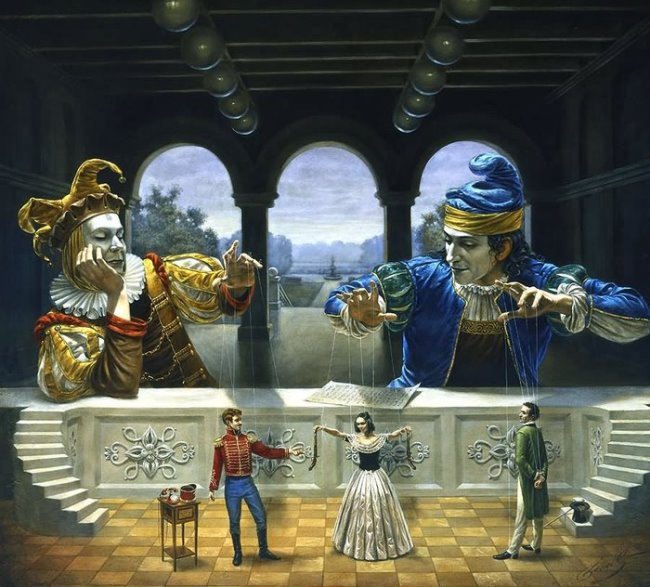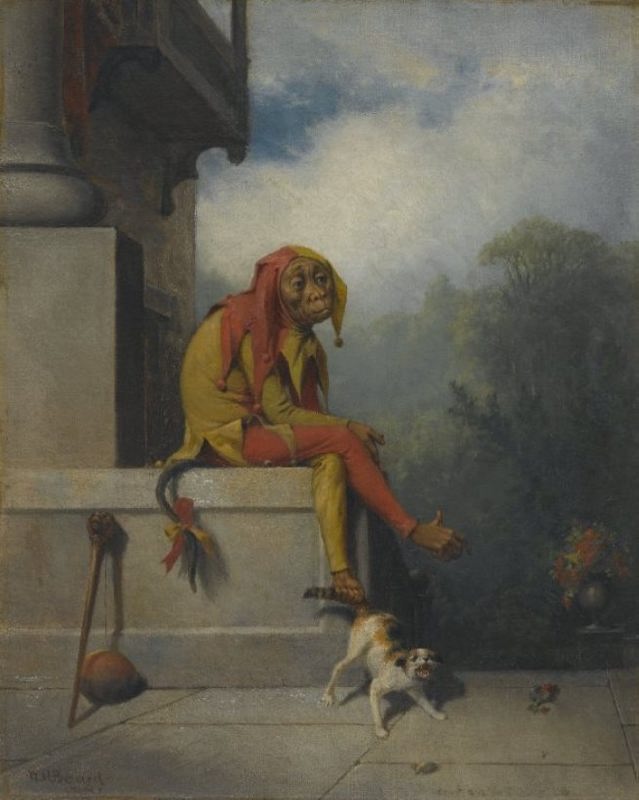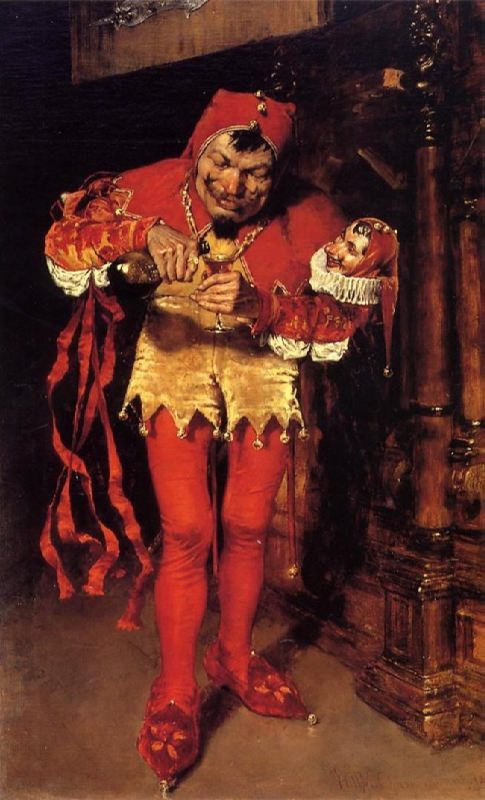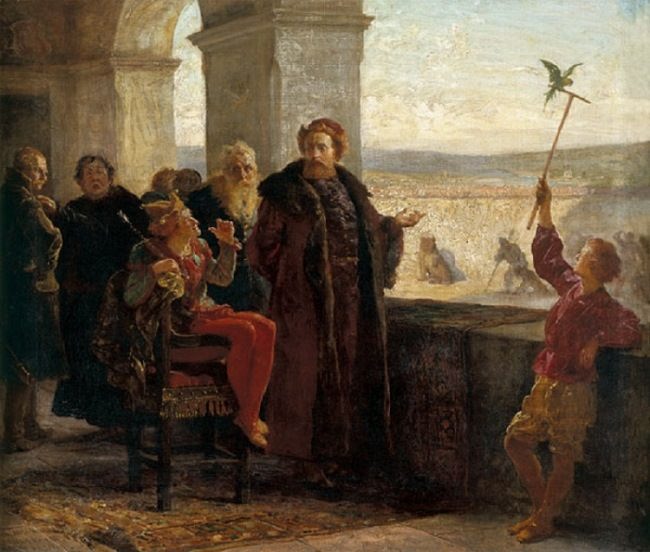Jester – doomed to be a fool
All the monarchs of Europe had court jesters. They had to amuse the king and his guests. It was believed that the jester was an idiot who was allowed to do much of what was not allowed even to the king himself. In fact, the jester was the alter ego of the master. In a simple humorous and often allegorical form, he expressed the will of the lord. He also influenced the policy of monarchs. In Europe, the tradition of hiring jesters ended with the advent of the era of the Enlightenment and the Reformation.
We remember the kings and emperors, but undeservedly forget those who were not afraid of a sharp word, even if pretending to be a fool, to direct the rulers to the right path. Even the wise Khodja Nasreddin, as they say, was a jester of Tamerlane himself. Some of the court jesters were smarter than the kings themselves.
Nobleman Ivan Alexandrovich Balakirev was the most prominent Russian jester. He became a jester during the rule of Tsar Peter I. He was beaten and exiled for three years because he didn’t tell the tsar about his wife’s love affairs. Catherine I, only after the death of the tsar, gave freedom to Ivan. So, he continued his hard work under Catherine I and then Anna Ioannovna. Balakirev had a huge house in the capital, received awards, but he also was beaten sometimes. After the death of Balakirev, books with his jokes were published more than 70 times.
Here is just one story, which shows Ivan Aleksandrovich’s sharp mind. One of his relatives angered the tsar and was put on trial. Of course, Balakirev wanted to save him. However, Peter I saw coming Balakirev and said loudly: “I know why he is coming to me. But here is my royal word: I will not fulfill his request.” The jester, of course, heard tsar’s words, rushed to him and shouted: “I beg you, sir! Do not forgive my relative!” The tsar laughed, waved his hand and forgave his relative.
In 1730, Anna Ioannovna, the daughter of Ivan V, became the ruler of Russia. It was the time of the first Russian stagnation. State affairs were in decline, the army, the navy and the population became poorer. But a large amount of money was being spent on balls, masquerades and amusements. In 1739, Anna Ioannovna decided to build an ice house on the Neva. The house was a wonderful palace. The empress arranged a foolish wedding of the demoted prince Golitsyn turned into a jester and the Kalmyk girl. In early February 1740 they were married. The newlyweds rode an elephant in the main streets of St. Petersburg. The guests were on sleds harnessed with different animals: horses, donkeys, camels, deer, and goats and pigs. After a plentiful lunch and dancing, the newlyweds were sent to the ice palace.
Tāufaʻāhau Tupou IV King of Tonga was the first monarch in modern history, who officially hired a jester at the royal service. Jesse Bogdonoff became a court jester in 1999. However, he was forced to leave the kingdom in 2001 because of serious financial embezzlements.
Chicot (his real name was Jean-Antoine d’Anglerais) was born in 1540 in Gascony. He made a good military and political career, and even took part in the St. Bartholomew’s Night. He was a secret keeper for Henry III and Henry IV. In 1584, Chicot received the noble title. He was an energetic man who went down in history as a writer-satirist. Chicot was the only court jester in his time, who had an epee. The favorite jester of the kings could speak about everything he wanted. He died in 1591. Brave Chicot captured the Count and the aristocrat insulted by the jester hit him on the head with a hilt, which caused death.
Stanczyk lived a rather long life – from 1480 to 1560. He served as a jester for Alexander Jagiellon, Sigismund I and then Sigismund II. It is believed that Stanczyk was born in a village near Krakow. The status of a jester allowed him to criticize the inept policies of the rulers. When in the middle of the XIX century a political group appeared in Galicia, advocating for the freedom of the Poles, they chose for themselves the name of the famous Polish jester. At that time the image of Stanczyk was very popular in Polish literature. It was said that he was the only one at court, who really worried about the fate of the country.
Triboulet lived at the court of the French kings Louis XII and then Francis I. He was witty and intellectual, but he became popular thanks to writers. Rabelais described the jester as an excellent madman in his novels Gargantua and Pantagruel. Hugo made Triboulet one of the main characters in the drama Le roi s’amuse. Verdi composed his famous opera Rigoletto based on this drama.
Jester – doomed to be a fool

Georges Rouget. Triboulet, illustration for the theatre play Le Roi s’amuse (The King Takes His Amusement)

Jan Matejko (1838–1893) Stanczyk during a Ball at the Court of Queen Bona after the Loss of Smolensk.
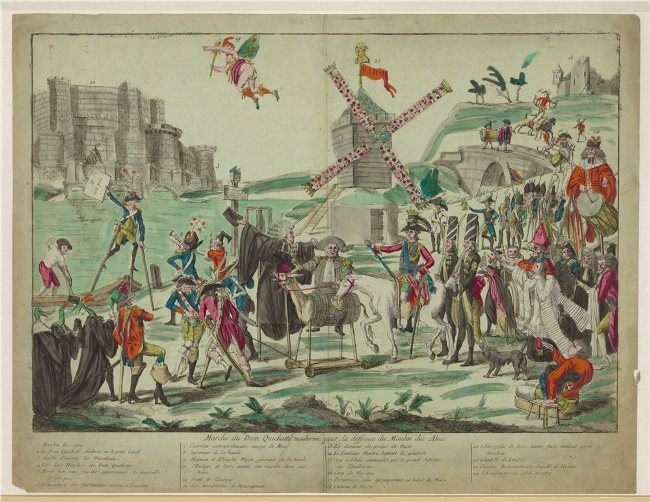
Louis Joseph de Bourbon-Conde cartoon 1791. Caricature of Louis Joseph de Bourbon (1736-1818) and Andre Boniface Louis Riquetti de Mirabeau
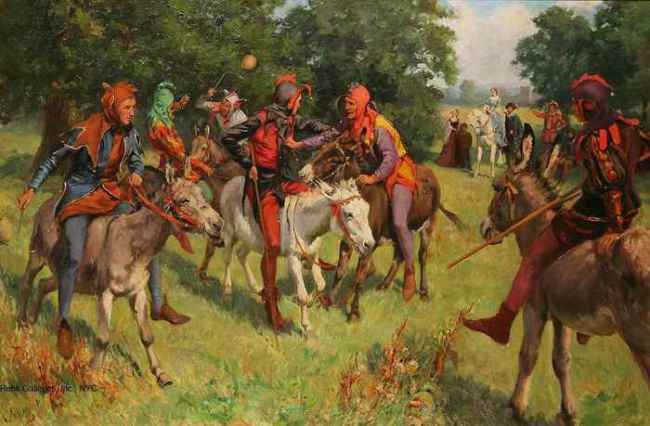
Louis Joseph de Bourbon-Conde cartoon 1791. Caricature of Louis Joseph de Bourbon (1736-1818) and Andre Boniface Louis Riquetti de Mirabeau

Pieter Bruegel the Elder. Three Fools of Carnival; three fools playing with their fool’s baubles. 1642
